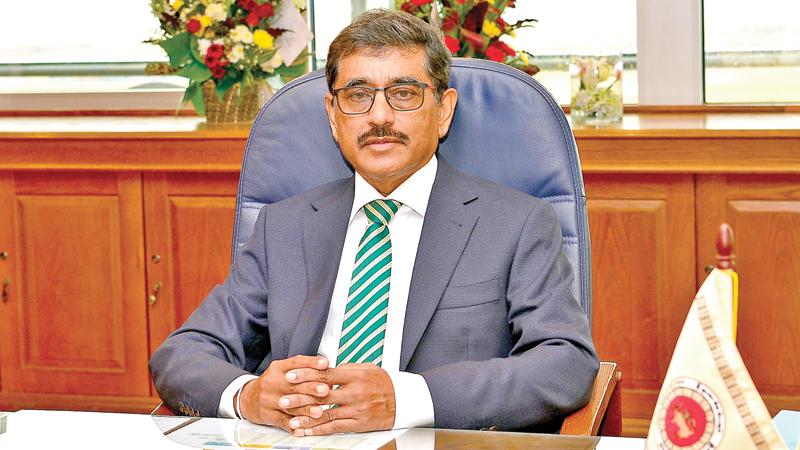
The new Central Bank (CB) Governor Dr. Nandalal Weerasinghe assured that the bank will be independent and would not succumb to political interference.
“I am here to serve the people and not any politician. Allowing the bank to function independently is one of the ways to get over the economic stalemate,” he told the media on his first monetary policy briefing after assuming duties as the 17th Governor of the Central Bank. Greater autonomy of the watchdog is crucial to carry out its role devoid of external interference.
However, the regulator said the country’s growth prospects for this year are affected by the recent adverse developments on the global front in terms of supply chain disruptions and rising commodity prices and on the domestic front, particularly interruptions to power and energy supply and other shortages.
The bank noted that the economy recovered from a contraction of 3.6 percent in 2020 and recorded a growth of 3.7 percent in 2021.
Considering the severity of the external shocks, rising inflationary pressures and continued imbalances in the economy, the Monetary Board stated that a comprehensive set of policy measures with other initiatives that have an impact on the overall economy, is essential to safeguard stability on all fronts and to counter economic headwinds.
Although the momentum in the export sector continued with earnings exceeding one billion US dollars for several consecutive months, elevated levels of expenditure on imports have led to the continued widening of the trade deficit. Tourist arrivals indicate a promising recovery, although recent geopolitical tensions, and domestic economic uncertainty along with power and energy outages and supply interruptions, could weigh on this recovery to some extent.
Workers’ remittances are showing signs of recovery following the adjustment to the exchange rate and the continued increase in worker migrations.
With greater market orientation in the determination of the exchange rate, the rupee has recorded a depreciation of 33.0 percent against the US dollar thus far in 2022 (by April 8).
The gross official reserves as at end March 2022 were provisionally estimated at US dollars 1.9 billion. Nevertheless, the excessive depreciation of the exchange rate amid the lacklustre performance in foreign exchange inflows warrants certain policy actions.
Inflation is on the rise due to supply side factors and mounting aggregate demand pressures.
Headline inflation continued to accelerate driven by the supply side disruptions, while underlying demand pressures in the economy remain intact as reflected by the continued acceleration in core inflation.
The emerging developments indicate that inflationary pressures would continue in the near term driven by elevated prices of global commodities and their direct and second round impact on domestic prices, in addition to the price impact that could arise with the depreciation of the Sri Lanka rupee requiring the Central Bank to take further proactive measures.
The Monetary Board of the Central Bank increased the Standing Deposit Facility Rate (SDFR) and the Standing Lending Facility Rate (SLFR) of the Central Bank by 700 basis points to 13.50 percent and 14.50 percent from April 8.
The Board, having noted the inflationary pressures that could further intensify in the period ahead, driven by the build-up of aggregate demand, domestic supply disruptions, exchange rate depreciation and the elevated prices of commodities globally, said that a substantial policy response is imperative to arrest the build-up of added demand driven inflationary pressures in the economy and preempt the escalation of adverse inflationary expectations, to provide the impetus to stabilise the exchange rate and also to correct anomalies in the market interest rate structure.
Market interest rates have been gradually adjusting upwards in response to tight monetary policy measures adopted thus far. However, adjustments in deposit rates remain inadequate to attract deposits into the banking system from the excessive currency in circulation.
Yields on Government Securities have also increased notably compared to other market rates given the higher Government borrowing requirement thus creating anomalies in the market interest rate structure. Although a slowdown in the growth of broad money (M2b) was observed due to the decline in net foreign assets (NFA) of the banking system, net domestic assets (NDA) of the banking system have increased significantly. Adverse developments in global and domestic fronts have posed challenges to the domestic economic performance.
As per the GDP estimates published by the Department of Census and Statistics (DCS), Sri Lanka’s economy grew by 1.8 percent, year-on-year, in the last quarter of last year.
